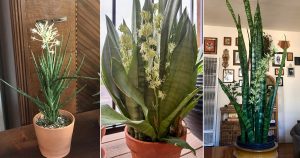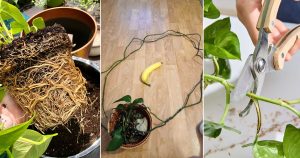I’m not sure about you, but my area of the world seems to be the international headquarters for the caterpillars of the white cabbage butterfly. There is nothing more frustrating that pouring your blood, sweat, and tears into some seedlings only to have a caterpillar chew them down to nothing more than a stub.
Bacillus Thuringiensis. It’s the answer to all your problems. In a nutshell, Bt (as it is called) is a naturally occurring bacteria that is only toxic to caterpillars. You can use it right up until the day of harvest. Bt works by eliminating the caterpillar’s appetite. They die of starvation within 2-3 days of ingesting leaves sprayed with Bt.
To use Bt, spray an even mist on the top and bottom of the leaves of the affected plant. You want to thoroughly cover the plant, but not soak it to the point that the liquid is dripping off the leaves.
A word to the wise: If you want to have butterflies, you almost always have to suffer the handiwork of their caterpillars. Planting flowers to attract butterflies only to kill off all the caterpillars is a bit like shooting yourself in the foot.
According to the Ohio State University Extension’s factsheet on Bt:
As stated above, neither BT bacteria nor the protein toxins have any effect on people, pets (unless you are raising caterpillars as pets!), livestock, or honey bees. In fact, there is a BT product that is specifically registered to control the honey bee infesting caterpillar, the wax moth.
Unfortunately, there is considerable misunderstanding about the effects of BT sprays. Indeed, BT sprays will kill most of the young caterpillars that may ingest it as they feed on treated plant leaves. Both damaging caterpillars, such as the gypsy moth as well as harmless butterflies and moths, can be killed. However, by avoiding sensitive areas that may serve as habitat for desirable or endangered butterflies and moths, unwanted effects can be avoided.
In general, BT and its toxins are destroyed within three to five days by sunlight and other microbes. Caterpillars killed by BT stop feeding, drop to the ground, and decay harmlessly. The BT applied in a spray does not multiply or accumulate in the environment.







